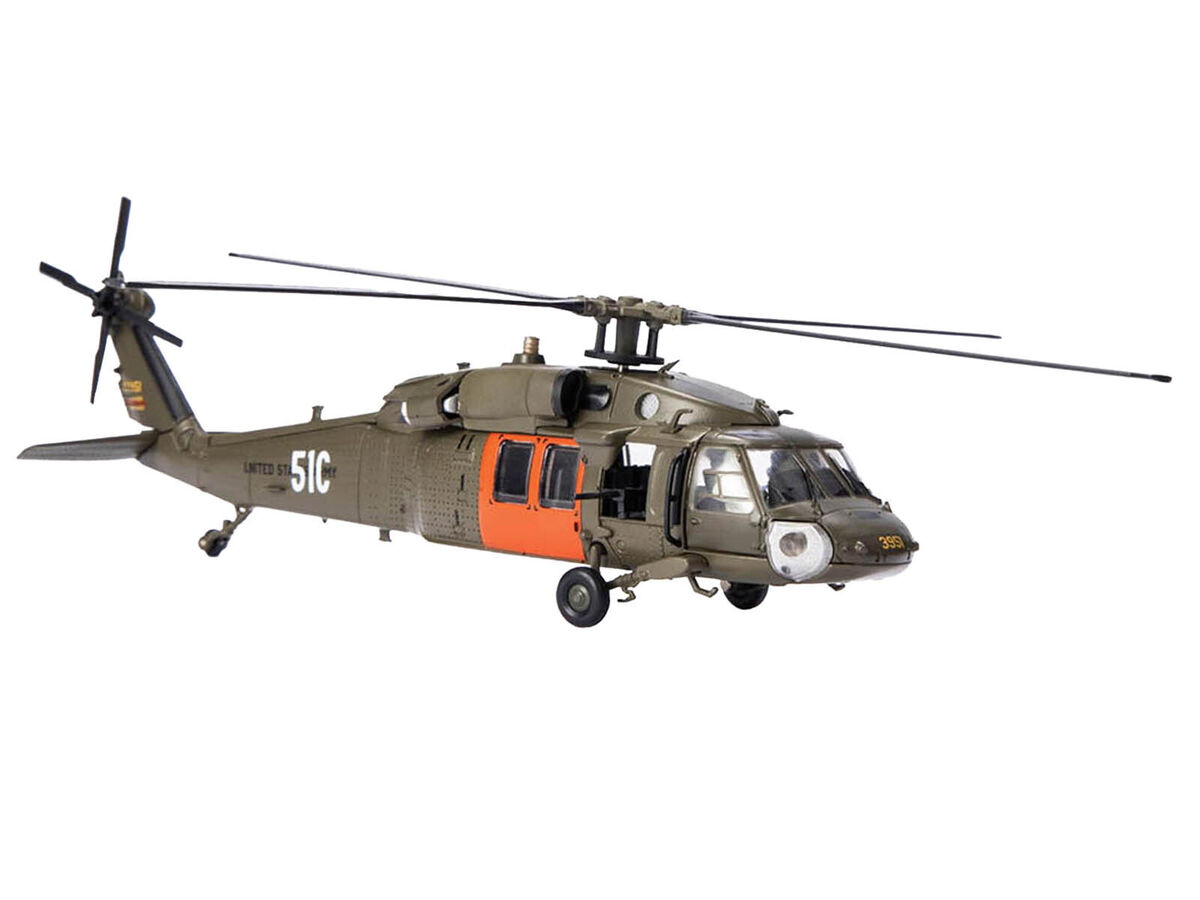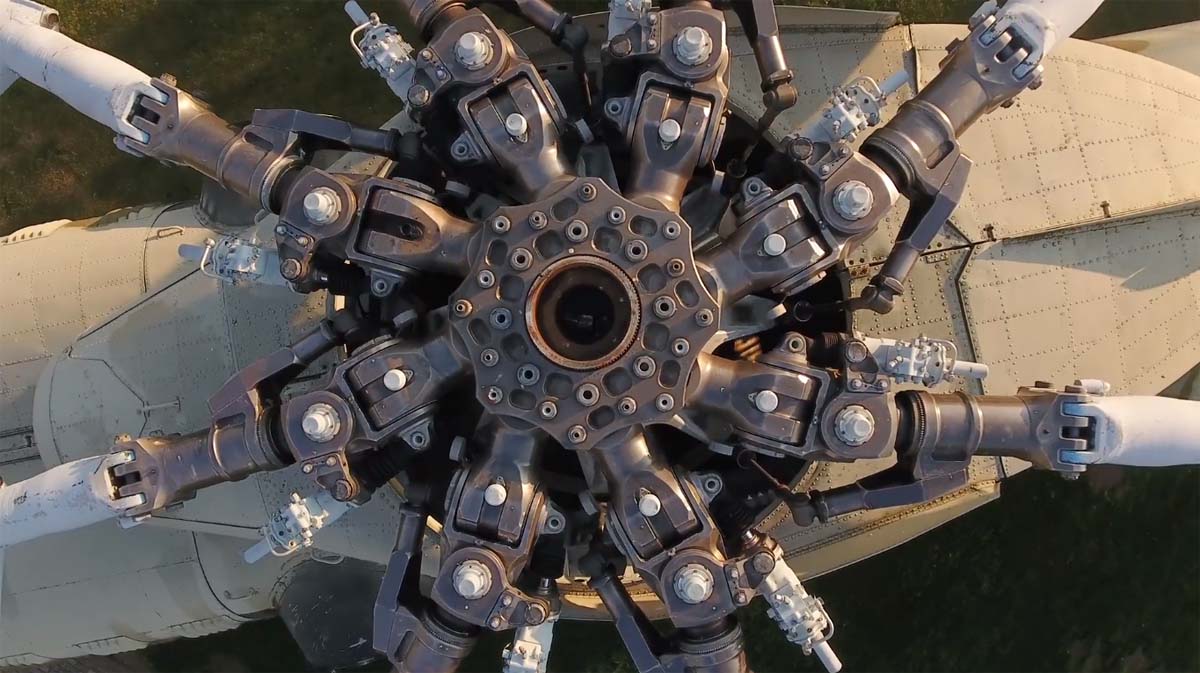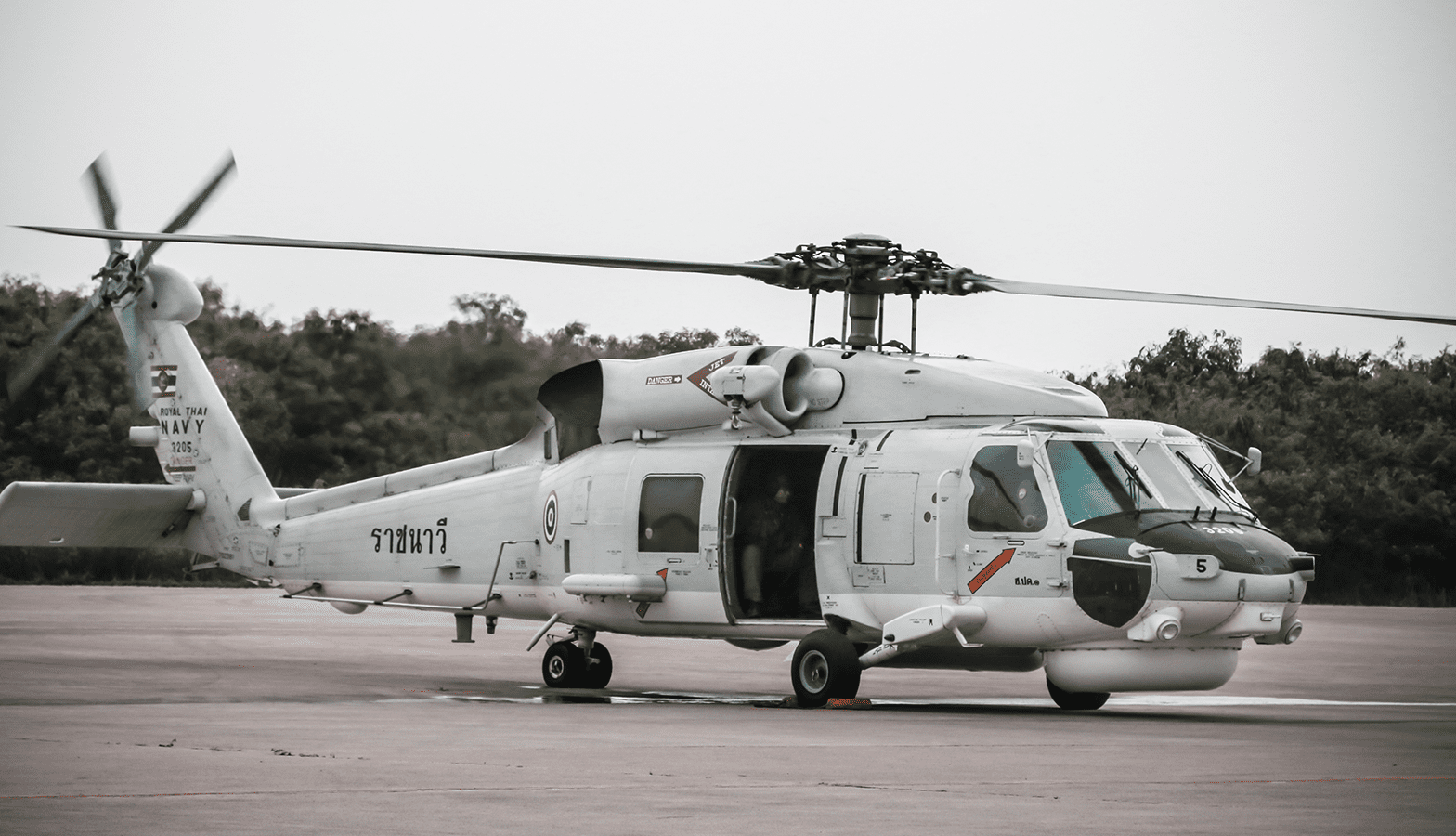The twin-engine design of the UH60 provides increased power and stability.
The twin-engine design of the UH60 provides increased power and stability.
Blog Article
Discovering the Innovations and Technologies Behind the Uh60 Helicopter System
The UH-60 helicopter system stands for a peak in rotary-wing modern technology, incorporating advanced avionics and robust flight controls that considerably elevate pilot effectiveness and security. Its carefully crafted airframe, constructed from high-strength products, not only enhances wind resistant performance yet likewise endures demanding functional environments. uh60. As expedition right into its propulsion capabilities reveals, the assimilation of General Electric T700 engines provides a glance right into the helicopter's excellent speed and altitude adaptability, welcoming further exam of its prospective throughout different goal profiles
Advanced Avionics and Trip Control Solution
The innovative avionics and flight control systems of the UH-60 helicopter represent a substantial leap in air travel modern technology. These systems are developed to boost the operational capacities of the helicopter, ensuring greater security and performance during flight operations.

Airframe Style and Structural Enhancements
Airframe enhancements in the UH-60 helicopter have dramatically boosted its efficiency and survivability popular atmospheres - uh60. The incorporation of advanced products such as high-strength alloys and composites has resulted in an extra durable and lighter airframe, which adds to boosted maneuverability and haul ability. These products additionally offer superior resistance to deterioration and fatigue, expanding the helicopter's functional life

Structurally, the UH-60 features an upgraded fuselage that optimizes the rules of aerodynamics and reduces drag, facilitating higher rate and fuel performance. Safety enhancements consist of the combination of crashworthy seats and a more resistant fuel system developed to lessen risks in the event of an accident or various other forms of impact. Furthermore, the helicopter is outfitted with a modular design that allows for much easier upkeep and quicker adjustment to different mission needs, varying from anonymous combat operations to altruistic help, highlighting its adaptability and adaptability across various this contact form situations.
Propulsion and Efficiency Abilities
While airframe enhancements have actually boosted the UH-60's architectural integrity, its propulsion system dramatically raises its performance abilities. uh60. The UH-60 Black Hawk is outfitted with 2 General Electric T700 turboshaft engines, each efficient in supplying up to 1,994 horse power. This robust powerplant makes it possible for the helicopter to accomplish speeds of approximately 222 kilometers per hour and a solution ceiling of over 19,000 feet, ensuring swift, reliable traversal over varied terrains
The engines are designed for durability and reliability, which are important in satisfying the diverse duties the helicopter plays, from combat missions to altruistic aid. The UH-60's propulsion system additionally features a modular design, streamlining upkeep and minimizing operational downtimes. In addition, the integration of innovative digital engine controls has actually enhanced gas efficiency and performance flexibility, enabling pilots to take care of power settings successfully read this article based on objective needs and environmental problems. These capacities underline the UH-60's standing as a flexible and effective airplane.

Conclusion
The UH-60 helicopter system embodies a pinnacle of aeronautics technology, incorporating innovative avionics, durable airframe improvements, and powerful propulsion innovations. These features collectively enhance situational recognition, safety and security, and efficiency, demonstrating a considerable leap in helicopter technology. Customized for varied objectives, the UH-60's adaptability and safety-oriented layout emphasize its important function in modern airborne procedures, making it a vital property in both armed forces and private industries.
Report this page